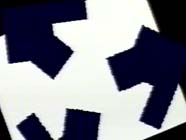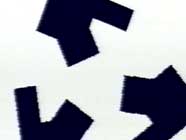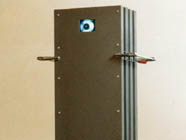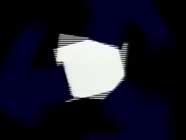 |
 |
 |
 |
 |
 |
|
|
 |
 |
|
|
|
|
|
|
||
|
|
Helmut RAINER | |
|
|
||
|
Helmut Rainer understands the artistic utilization of the video medium as the utilization of inter-textual electronic light, a light that can just the same be designated a movable image (screen) as well as a light that extends beyond the monitor to the description of the space and the object as the layout and communications element. |
|
Exhibitions |
Helmut Rainer, 1990 |
|
Blau-Gelbe Galerie, NÖ Landesgalerie, Wien, Austria |
|
|
|
|
|
Specifications |
10sec no sound color PAL |
|
Technical protocol |
Animation Amiga 500; Genlock, copied upon U-Matic Lowband, analog editor system |
|
A channel sculpture: Steel, sprayed with anthracite, integrated LCD (Liquid Crystal Display), 4 metal screw clamps, a player (VHS), load capacity 40 cm x 38 cm x 150cm. |
|
|
Production |
Helmut Rainer |
|
Edition |
Sammlung des Niederösterreichischen Landesmuseums, St. Pölten |
|
Copyright |
Helmut Rainer |
|
Copy to see |
Medienkunstarchiv Wien; Niederösterreichisches Landesmuseum, St. Pölten |
|
|
|
|



|